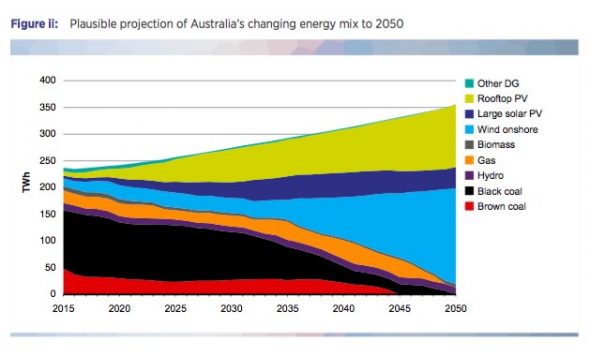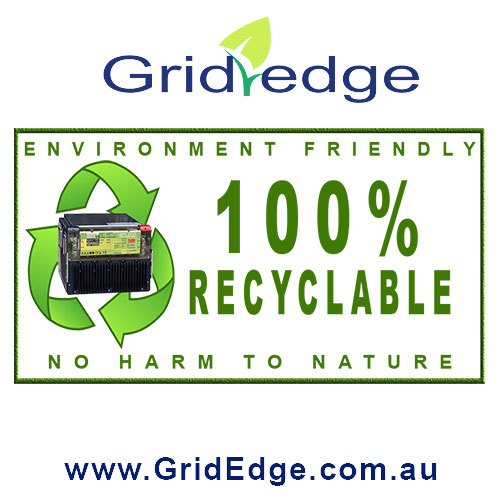 Most energy storage systems use lead-based or lithium based batteries, but there are other, lesser known technologies that work as well or better than the popular chemistries.
Most energy storage systems use lead-based or lithium based batteries, but there are other, lesser known technologies that work as well or better than the popular chemistries.
One of those chemistries is the Sodium Nickel Chloride battery manufactured by FIAMM in Switzerland, which uses sodium and nickel metals with a solid ceramic electrolyte, with the entire battery running at around 270 °C! While this sounds scary, it is a well developed and mature technology with high efficiency and long cycle life, making it idea for domestic and commercial energy storage systems.
The Quantum smart energy storage system from Grid Edge uses a FIAMM Sodium Nickel battery to store energy for load shifting, backup power and self-consumption of solar power generation. The system, designed and made in Australia, is available in 9.6 and 19.2 kWh usable storage capacities (basically the same unit with either one or two battery modules), has a 4.5 kW continuous/9 kW peak inverter and a cycle life of 3000 to 4500 cycles at 80% DOD. Shelf life is rated at greater than 20 years! System operating temperature range is -40 °C to 60 °C, making it ideal for use in extreme climates. Both battery and system are warranted for five years and the battery units are 100% recyclable.
Article by Lance Turner taken from Renew Magazine – Issue 136 Continue reading “Quantum Sodium Nickel battery system – Renew magazine” →





